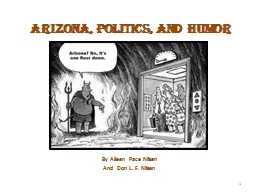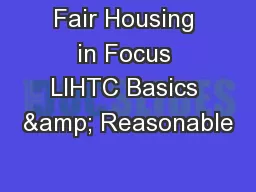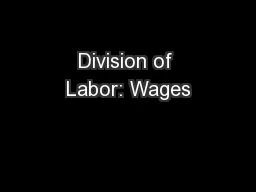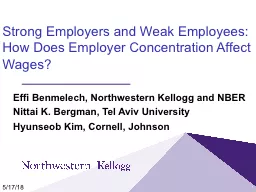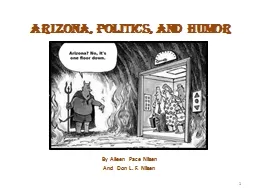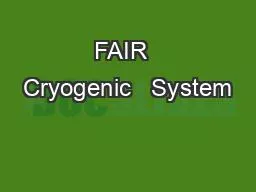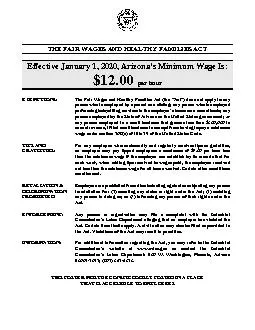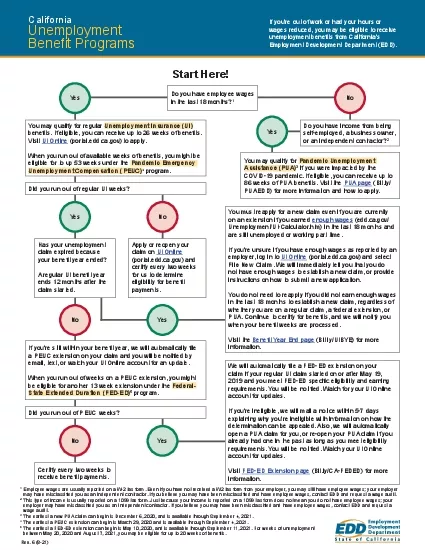PPT-The Arizona Fair Wages and Healthy Families Act Provides
Author : lindy-dunigan | Published Date : 2017-10-17
Minimum Wage Increases and Paid Sick Time What Does This Mean For Your Organization June 2 2017 Presented By Melissa Shingles Attorney Littler Mendelson PC
Presentation Embed Code
Download Presentation
Download Presentation The PPT/PDF document "The Arizona Fair Wages and Healthy Famil..." is the property of its rightful owner. Permission is granted to download and print the materials on this website for personal, non-commercial use only, and to display it on your personal computer provided you do not modify the materials and that you retain all copyright notices contained in the materials. By downloading content from our website, you accept the terms of this agreement.
The Arizona Fair Wages and Healthy Families Act Provides: Transcript
Download Rules Of Document
"The Arizona Fair Wages and Healthy Families Act Provides"The content belongs to its owner. You may download and print it for personal use, without modification, and keep all copyright notices. By downloading, you agree to these terms.
Related Documents




